School choice will soon hit a tipping point. If Texas enacts a universal school choice bill, as seems very likely, then more than half of K-12 students nationwide will be eligible for private school choice. Already this year, three states—Idaho, Tennessee, and Wyoming—have enacted new universal education choice policies or expanded existing ones to make all K-12 students eligible.
Three more states—New Hampshire, North Dakota, and Texas—are poised to join them. In all three states, each legislative chamber has passed some form of a universal choice bill, but as described below, the policies proposed in the House versions are preferable to those in the Senate versions.
The number of students benefiting from school choice has more than doubled in the past five years. There are now about 1.2 million K-12 students nationwide accessing the learning environment of their family’s choice using a K-12 Education Savings Account, tax-credit scholarship, or school voucher.
The surge in school choice enrollment corresponds with the recent surge in universal school choice policies, which make every K-12 student in a state eligible rather than just select classes of students.
In past five years, the number of states with a publicly funded universal school choice policy has increased from zero to 14.
Additionally, Georgia and Montana have privately funded tax credit scholarship policies for which all students are eligible, and more than 95% of Indiana students are eligible for a school voucher.

Nationwide, nearly 30% of students are currently eligible for some form of publicly funded private school choice, including K-12 Education Savings Accounts and school vouchers. If we include tax credit scholarship policies, which create an incentive for taxpayers to contribute to nonprofit school choice scholarship organizations, then about 39% of students are eligible for private school choice. If New Hampshire, North Dakota, and Texas adopt universal school choice, more than 52% of K-12 students nationwide will be eligible.
New Hampshire
Granite State lawmakers are considering two proposals that would expand eligibility for the state’s Education Freedom Accounts to all students. Currently, fewer than half of New Hampshire students are eligible for an Education Freedom Account. With such an account, families can use a portion of the per pupil public funding allocated for their child to spend on private school tuition, tutoring, textbooks, homeschool curricula, online courses, and more. The accounts are worth about $5,200, which is a small fraction of the more than $26,300 spent per pupil on average at New Hampshire district schools.
Both New Hampshire Senate Bill 295 and House Bill 115 would make all students eligible for an Education Freedom Account. In the House version, the income cap would increase from 350% of the federal poverty line to 400% immediately, then eliminate the income cap entirely in July 2026.
The Senate version would eliminate the income requirement immediately, making more children eligible sooner. However, it would also impose an enrollment cap of 10,000 students, which could grow by 25% annually if the cap is exceeded.
Although the policies proposed in each version would represent a large step forward for the program, the Senate’s version would also entail a small step backward. At present, every eligible student has access to an Education Freedom Account, which is tied to the state’s school funding formula. Although the cap is nearly double the 5,600 students currently receiving an Education Freedom Account, it’s likely that the cap would be reached quickly. Whenever the cap is hit, priority will be given to existing students in the program and their siblings, students with special needs, and children from low-income families.
The cap is intended to bring greater certainty to the program regarding its budget, but it does so by introducing greater uncertainty to families seeking a better education for their children. Moreover, even if the program’s spending were combined with the state’s tax credit scholarship policy, the total spending is less than 0.8% of the nearly $4 billion spent on New Hampshire public schools annually—barely a drop in the bucket.
There is no enrollment cap for public schools, and there should not be one for the Education Freedom Account program either. If the state can manage the uncertainty of public school enrollment, then the fiscal effects of program participation should not pose any problem.
North Dakota
Both the North Dakota House and Senate recently passed bills—House Bill 1540 and Senate Bill 2400—that would create universal Education Savings Account policies. As in New Hampshire, both bills would represent a major step forward for North Dakota families. However, the policies proposed in the House version have some advantages over the Senate version.
The House version proposes an appropriation of $40 million from the North Dakota general fund to provide scholarships worth about $4,000 each to an expected 8,000 students, plus administrative expenses. This is in line with Gov. Kelly Armstrong’s budget proposal, which set aside $44.3 million for Education Savings Accounts.
The Senate version is expected to cost $58 million, but it provides smaller accounts worth $3,500 for low-income students enrolled in private school, $500 or $2,000 for other private schoolers, and $500 for homeschoolers.
Unlike other Education Savings Account policies, it would also make the accounts available to students attending public schools. Whereas the costs of such accounts are typically offset by students switching out of public schools, the accounts for public school students are entirely new costs to the state with no corresponding savings. Education Savings Accounts in other states are a lower cost alternative to an existing entitlement (i.e., public schooling) and is more market-oriented and family-friendly, but SB 2400 would create a new entitlement.
The Senate version also proposes unnecessarily restrictive and counterproductive regulations. The Senate bill would require that Education Savings Accounts students at private schools be administered the same assessment required by the state at public schools. However, mandating a single test causes a host of problems, such as narrowing the curriculum, and induces private schools to eschew participation in the choice program. By contrast, the House version would allow families to choose from a menu of nationally norm-referenced tests, balancing the need for accountability and autonomy.
The one advantage of the Senate version over the House version is that the former would allow homeschoolers to participate, while the latter was amended to exclude homeschoolers.
Texas
Lone Star State lawmakers are considering Senate Bill 2 and House Bill 3. Both would create a universal Education Savings Account, but the House version has some advantages.
Both versions would make every K-12 student eligible for a savings account, but would cap the program’s funding at $1 billion over two years. In the case of oversubscription, each bill would create a priority system for applicants. The Senate’s version has the virtue of greater simplicity, creating fewer priority categories, but it would also reserve 80% of accounts for students who were in public school the prior year and either have a disability or come from families earning up to 500% of the poverty level. The House version would not hold accounts in reserve for students switching from public schools.
The bills also differ on funding. The Senate version offers a flat amount of $10,000 per private school student with an additional $1,500 for students with special needs. Texas public schools spend $15,500 per pupil on average.
The House version would tie Education Savings Account funding to public school funding, providing approximately 85% of the estimated statewide average of funding per pupil, which is expected to yield about $13,000 per pupil for most students—about the average cost of private high school tuition in Texas. It would offer considerably more (up to $30,000) for students with special needs. Moreover, the funding level would automatically adjust in line with changes in public school funding.
In both versions, homeschoolers would receive a lesser amount, though ideally, they would be treated the same as other students.
Whichever versions of the Education Savings Account legislation lawmakers in New Hampshire, North Dakota, and Texas adopt, children will have greater access to educational opportunities. But if the lawmakers favor the policies proposed in each state’s lower chamber, students and families will be even better off.
The post School Choice Soon Available to Half of US Kids, But How It’s Designed Is Critical appeared first on The Daily Signal.
.png)



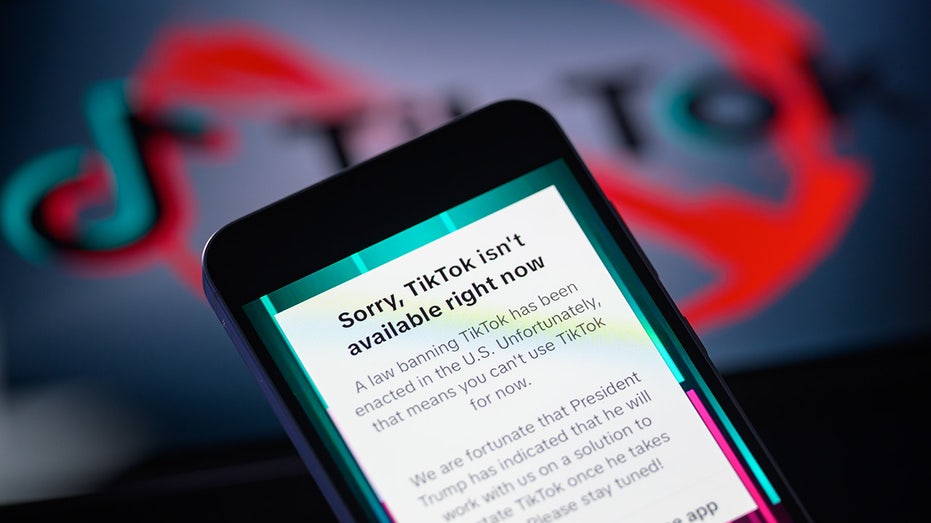
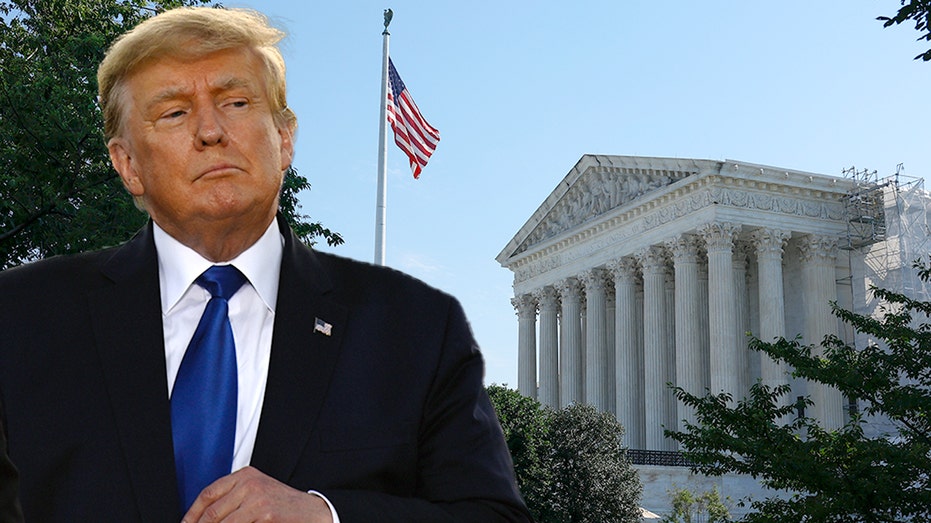
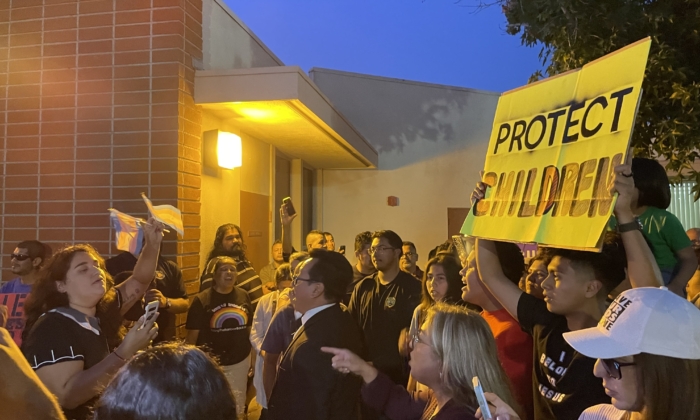





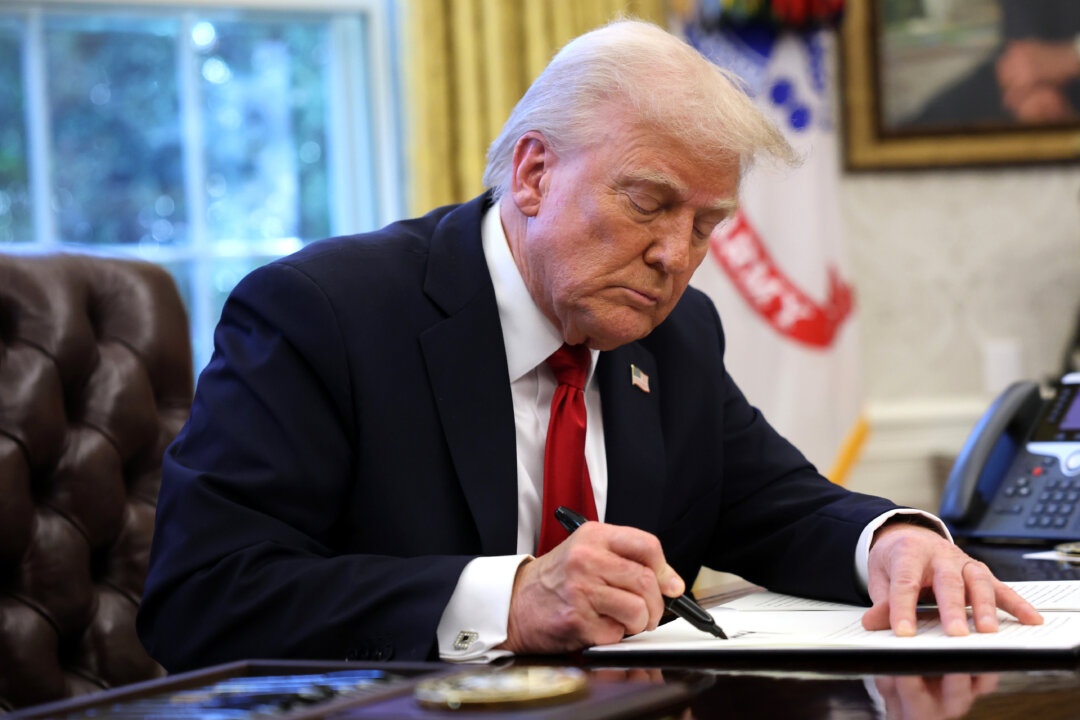
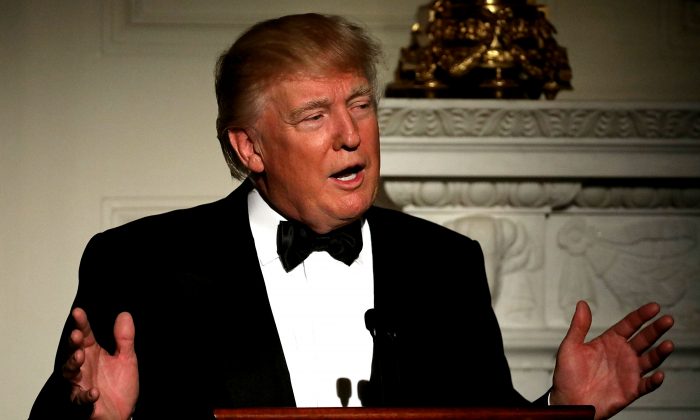
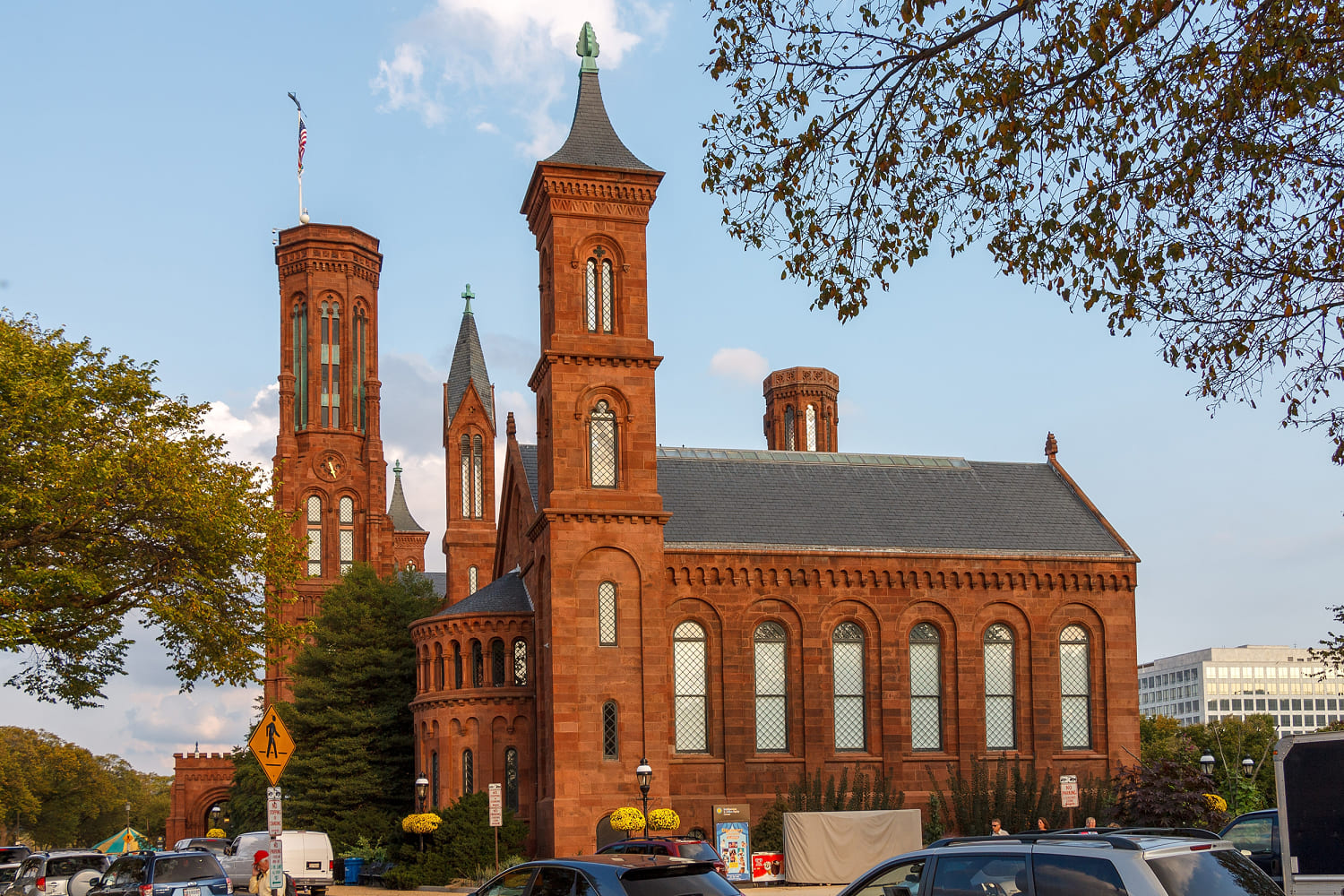
 English (US)
English (US)